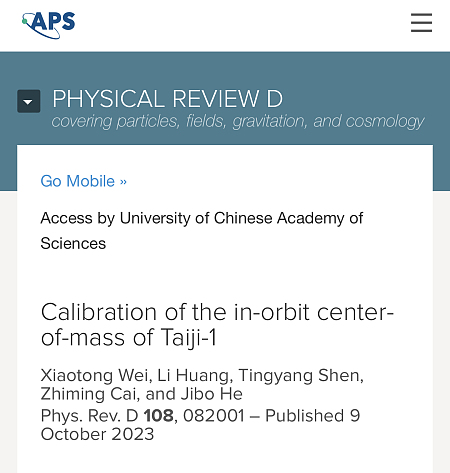Abstract
Due to the development of ground-based, large-aperture solar telescopes with adaptive optics (AO) resulting in increasing resolving ability, more accurate sunspot identifications and characterizations are required. In this article, we have developed a set of automated segmentation methods for high-resolution solar photospheric images. Firstly, a local-intensity-clustering level-set method is applied to roughly separate solar granulation and sunspots. Then reinitialization-free level-set evolution is adopted to adjust the boundaries of the photospheric patch; an adaptive intensity threshold is used to discriminate between umbra and penumbra; light bridges are selected according to their regional properties from candidates produced by morphological operations. The proposed method is applied to the solar high-resolution TiO 705.7-nm images taken by the 151-element AO system and Ground-Layer Adaptive Optics prototype system at the 1-m New Vacuum Solar Telescope of the Yunnan Observatory. Experimental results show that the method achieves satisfactory robustness and efficiency with low computational cost on high-resolution images. The method could also be applied to full-disk images, and the calculated sunspot areas correlate well with the data given by the National Oceanic and Atmospheric Administration (NOAA).
DOI: 10.1007/s11207-017-1236-7
https://link.springer.com/article/10.1007%2Fs11207-017-1236-7





